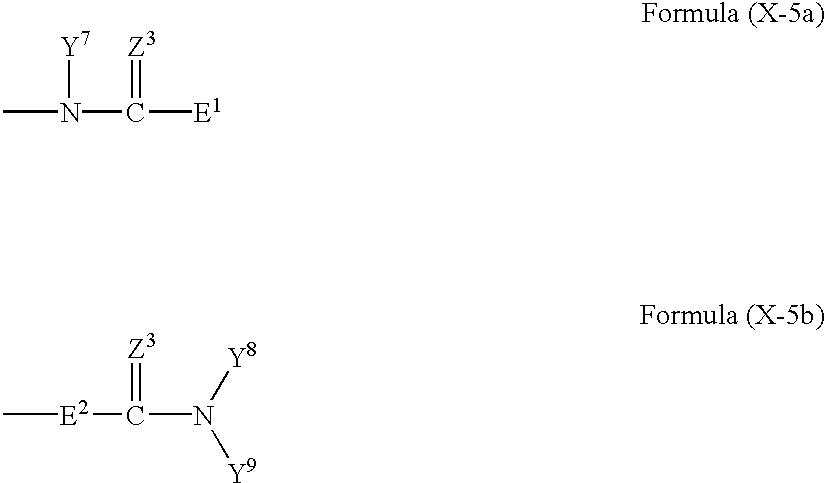Thermally developable photosensitive material
a technology of photosensitive materials and thermoplastics, which is applied in the field of thermoplastically developable photosensitive materials, can solve the problems that the system of outputting images for medical diagnosis has never been developed, and achieve the effects of low fog, high sensitivity, and good storag
- Summary
- Abstract
- Description
- Claims
- Application Information
AI Technical Summary
Benefits of technology
Problems solved by technology
Method used
Image
Examples
example 1
[0335] >
[0336]
[0337] From terephthalic acid and ethylene glycol, PET was produced in an ordinary manner. PET thus produced had an intrinsic viscosity, IV, of 0.66, as measured in a phenol / tetrachloroethane ratio (6 / 4 by mass) at 25.degree. C. After pelletized, the PET was dried at 130.degree. C. for 4 hours, and melted at 300.degree. C., followed by extrusion through a T-die. After rapid cooling, a non-oriented film was obtained which had a thickness of 175 .mu.m after thermal fixation.
[0338] The resultant film was stretched 3.3 times in MD (machine direction) using a roll at different rotating speeds, then stretched 4.5 times in CD (cross direction) using a tenter. The temperatures for MD and CD stretchings were 110.degree. C. and 130.degree. C., respectively. Then, the film was thermally fixed at 240.degree. C. for 20 seconds, and relaxed by 4% in CD at the same temperature. Subsequently, the chuck of the tenter was released, the both edges of the film was knurled, and the film w...
PUM
| Property | Measurement | Unit |
|---|---|---|
| temperature | aaaaa | aaaaa |
| length | aaaaa | aaaaa |
| length | aaaaa | aaaaa |
Abstract
Description
Claims
Application Information
 Login to View More
Login to View More - R&D
- Intellectual Property
- Life Sciences
- Materials
- Tech Scout
- Unparalleled Data Quality
- Higher Quality Content
- 60% Fewer Hallucinations
Browse by: Latest US Patents, China's latest patents, Technical Efficacy Thesaurus, Application Domain, Technology Topic, Popular Technical Reports.
© 2025 PatSnap. All rights reserved.Legal|Privacy policy|Modern Slavery Act Transparency Statement|Sitemap|About US| Contact US: help@patsnap.com



